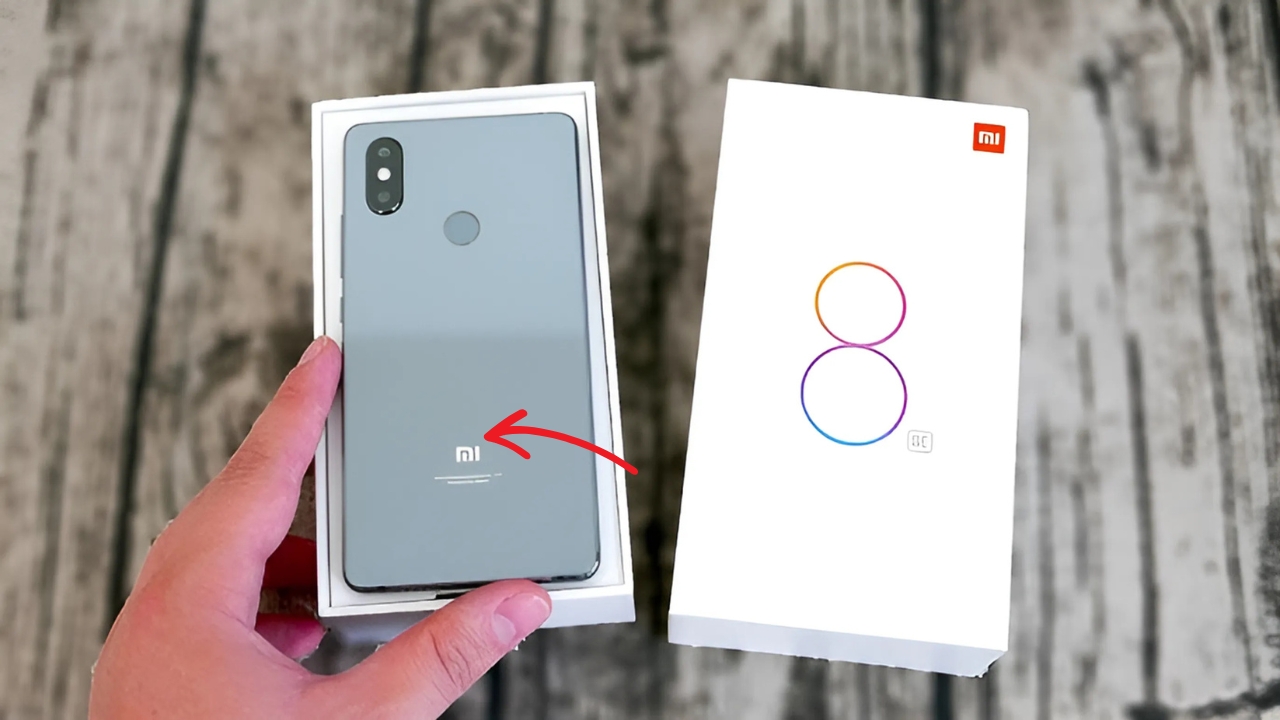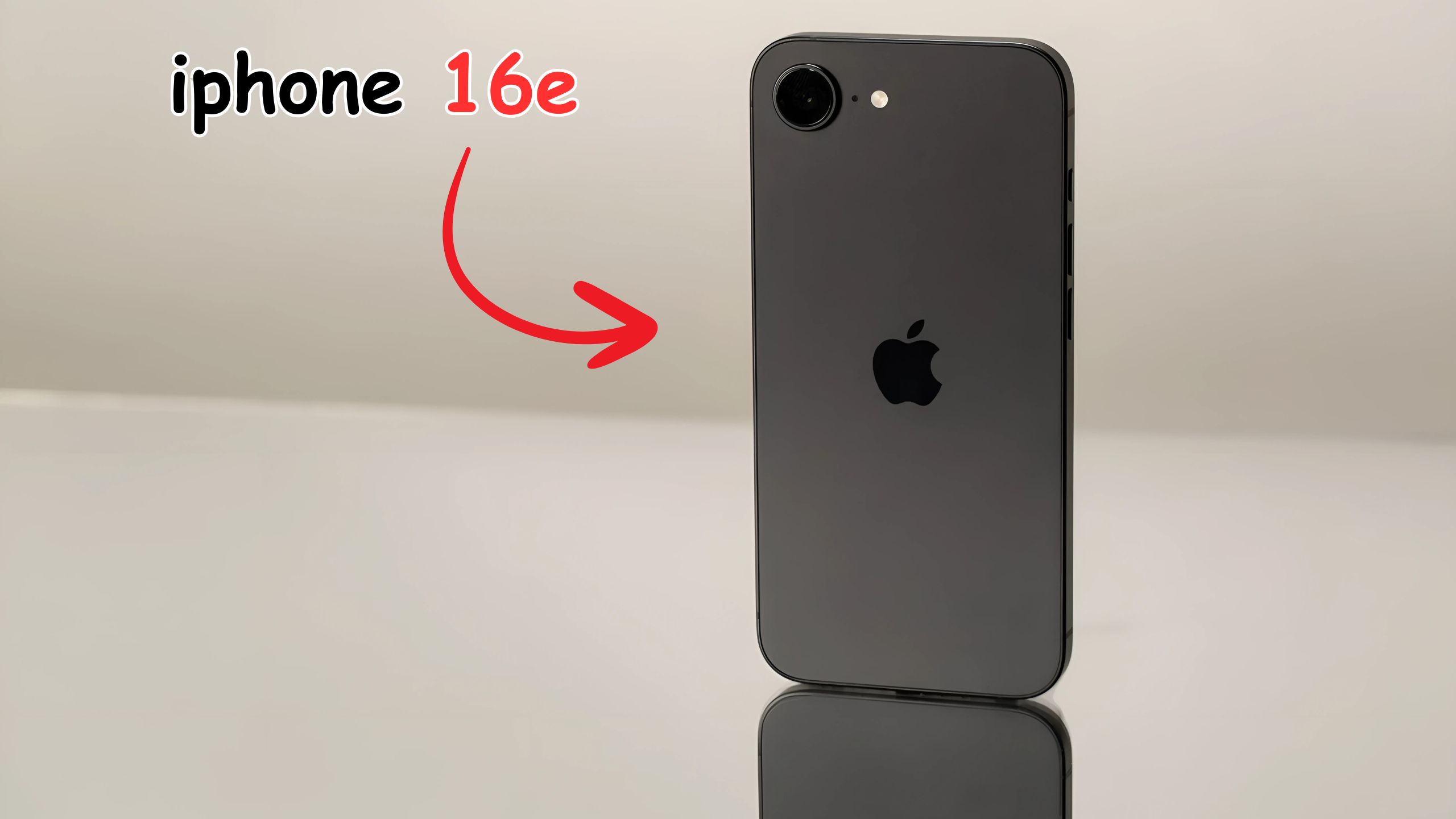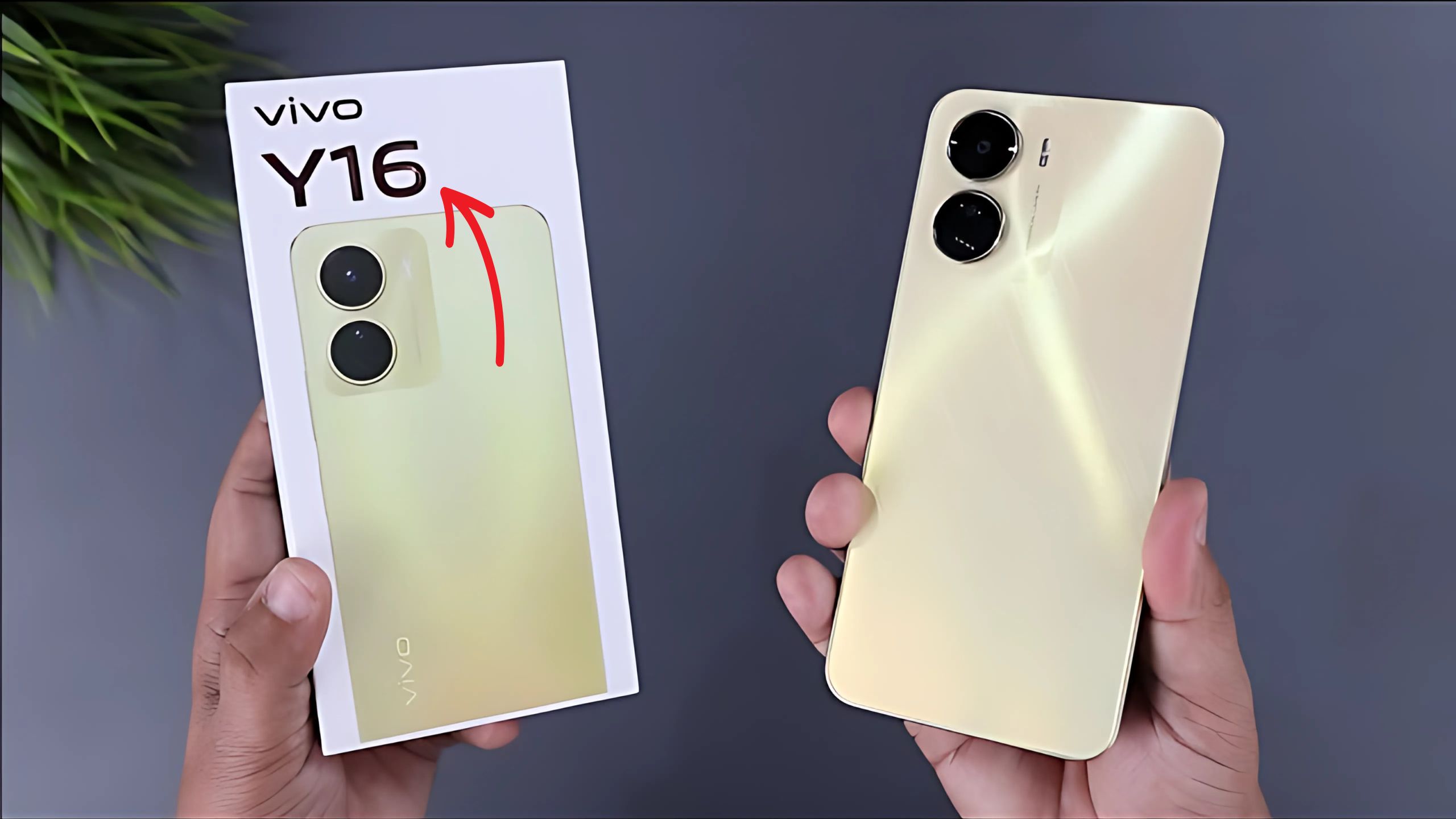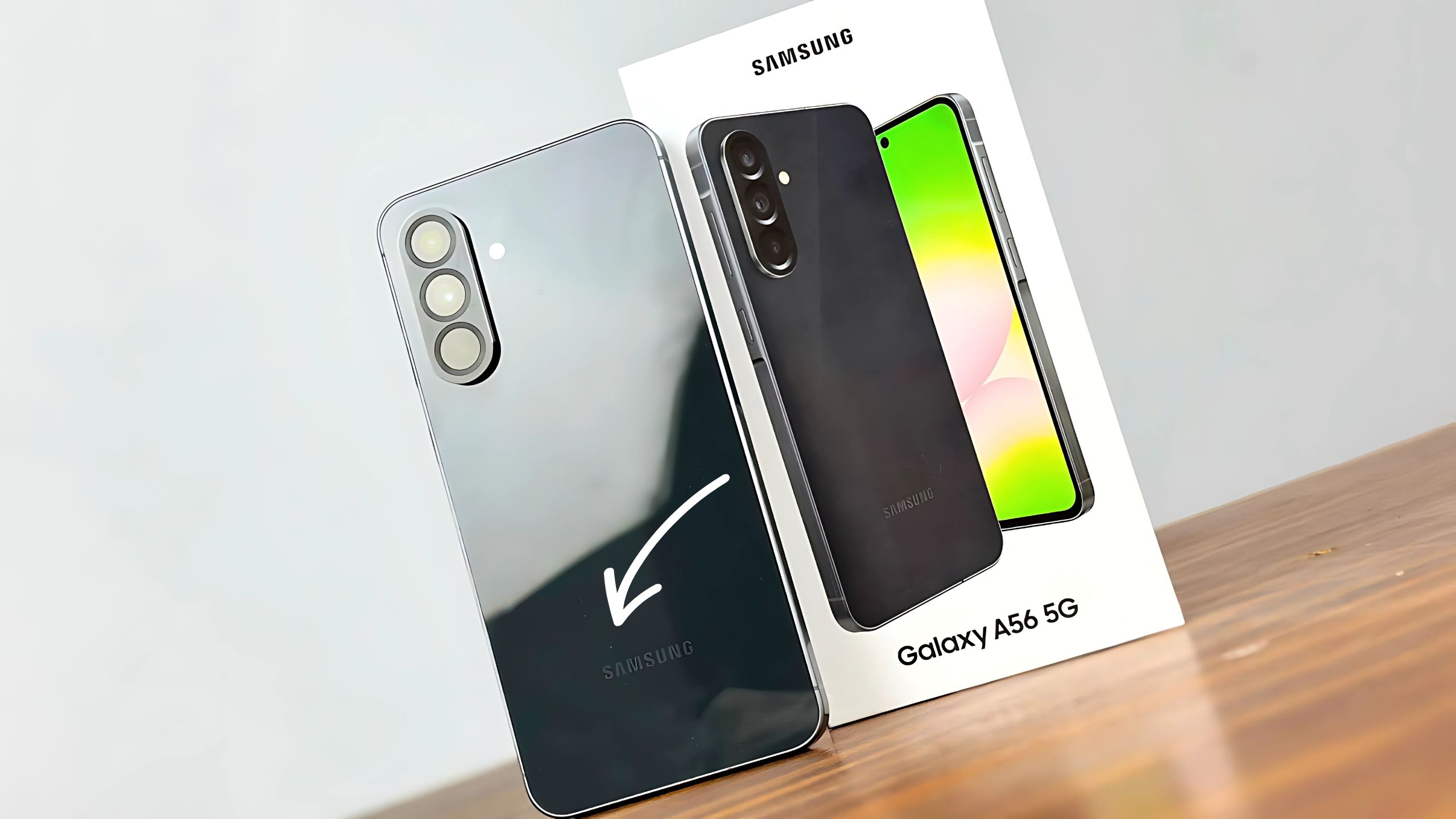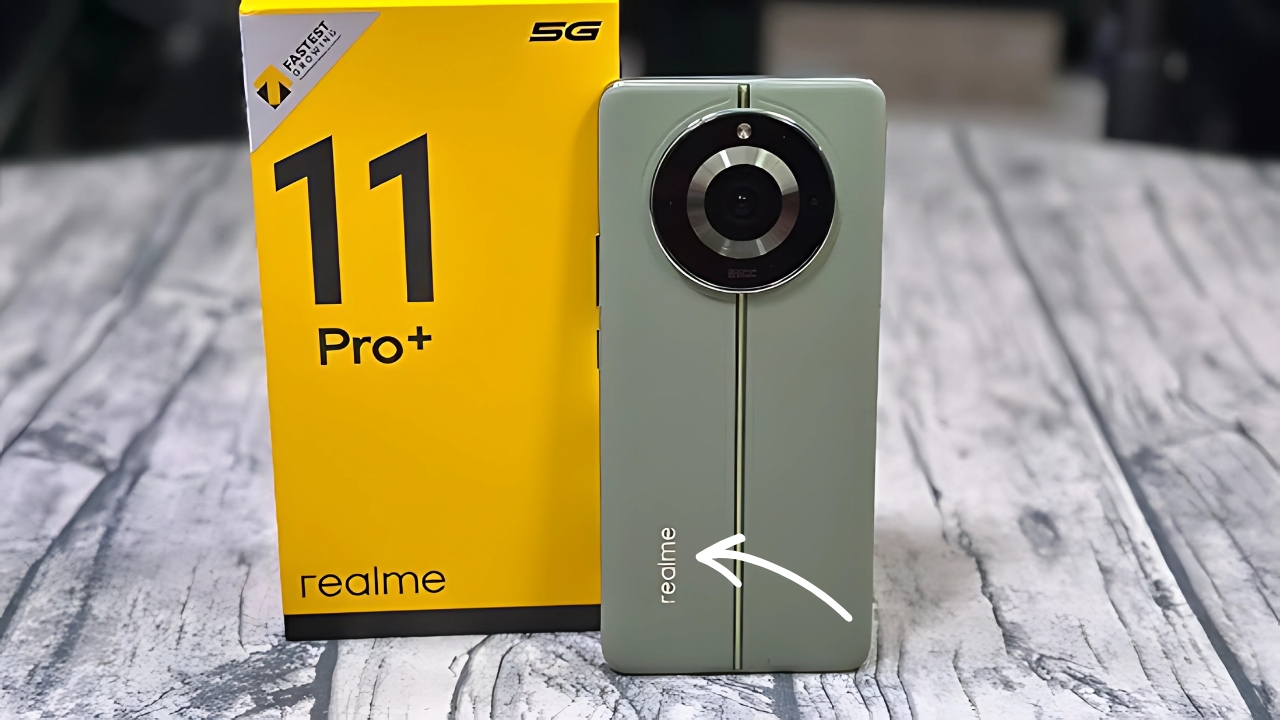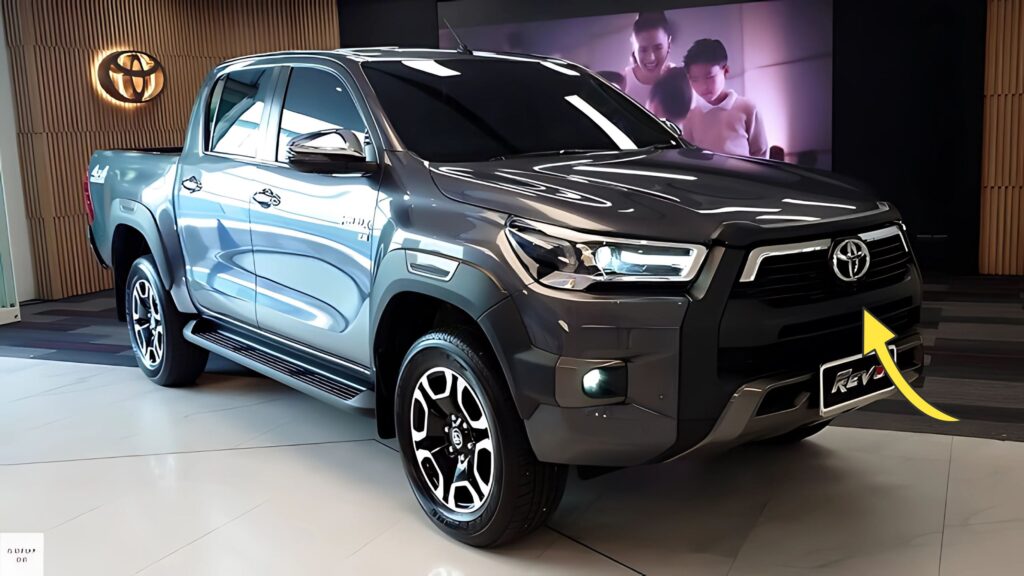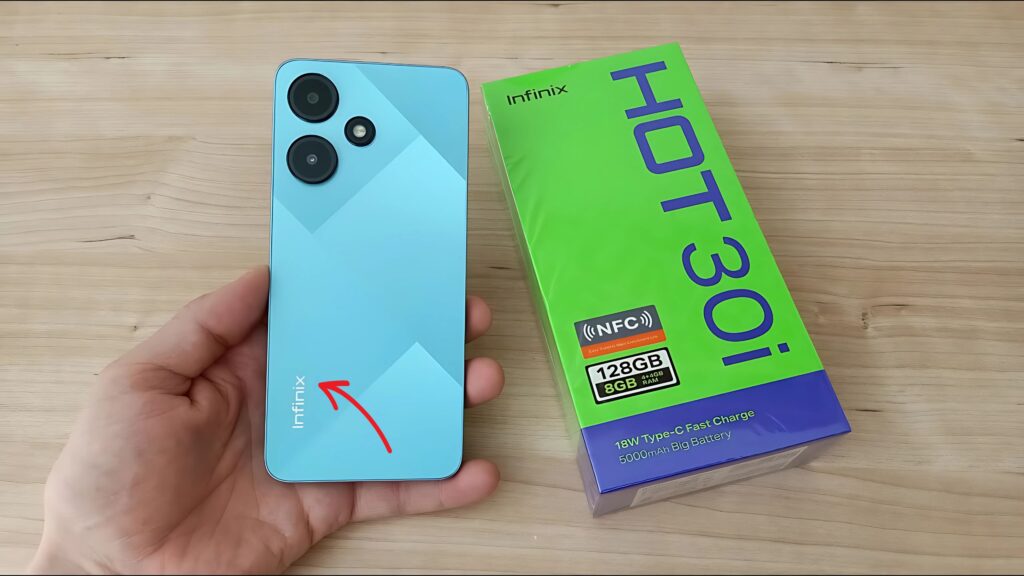Xiaomi Mi 8 : The smartphone landscape of 2018 witnessed a significant shift as established premium brands faced increasing competition from manufacturers delivering comparable specifications at substantially lower price points.
Among these challengers, the Xiaomi Mi 8 stood out as a particularly compelling example of how flagship features could be democratized without compromising essential quality.
Released to commemorate Xiaomi’s eighth anniversary, this device represented the company’s most refined attempt yet to challenge premium segment dominance while maintaining the value proposition that built its global following.
Design Philosophy: Premium Execution
The Xiaomi Mi 8 embraced contemporary flagship design language, featuring a glass sandwich construction with an aluminum frame that provided both visual sophistication and structural integrity.
The front and rear Corning Gorilla Glass 5 panels offered reasonable durability, while the frame incorporated subtle chamfered edges that improved both aesthetics and hand-feel. At 7.6mm thick and weighing 175 grams, the device struck an effective balance between substantial feel and comfortable handling during extended use.
Available in Black, Blue, Gold, and White colorways, each variant featured a subtle reflective quality beneath the glass that created visual interest without the ostentatious patterns employed by some competitors.
The rear panel’s minimalist aesthetic was interrupted only by the vertically-aligned dual camera module and fingerprint sensor, creating a clean appearance that aged more gracefully than more trend-focused alternatives from the same period.
The front face introduced Xiaomi’s first implementation of a notched display—a controversial but increasingly common design approach in 2018. At 26.4mm wide, this notch was larger than many contemporaries due to the inclusion of infrared face recognition hardware alongside the conventional front camera and sensors.
This design decision prioritized security functionality over aesthetic minimalism, demonstrating Xiaomi’s willingness to make practical compromises rather than following trends without purpose.
The absence of a 3.5mm headphone jack aligned with industry direction but represented a departure from Xiaomi’s typically conservative approach to feature removal.
The included USB-C to 3.5mm adapter partially mitigated this change, though the transition undoubtedly frustrated users with existing audio accessories.
This decision perhaps best exemplified the Mi 8’s position as Xiaomi’s most direct attempt yet to compete with established premium brands on their design terms rather than offering alternative priorities.
Despite overall premium execution, certain details revealed cost considerations—the single bottom-firing speaker rather than stereo implementation, the lack of wireless charging despite the glass construction, and the absence of official water resistance certification.
These omissions helped maintain the accessible pricing that defined Xiaomi’s market approach while preserving essential flagship experiences where they mattered most.
Display Quality: Visual Excellence
The Mi 8 featured a 6.21-inch AMOLED display with 2248 × 1080 resolution (18.7:9 aspect ratio), delivering approximately 402 pixels per inch.
This Samsung-manufactured panel represented a significant upgrade over previous Xiaomi flagships, offering excellent color reproduction, contrast, and viewing angles that compared favorably with considerably more expensive devices.
Display calibration provided commendable accuracy in the “Standard” color mode, with Delta E values consistently below 3.0—sufficient for realistic color reproduction without the excessive saturation that characterized many AMOLED implementations of the era.
The “Automatic contrast” mode dynamically adjusted display parameters based on ambient lighting, while the “Increased contrast” option provided more vibrant output for those preferring visual impact over strict accuracy.
Brightness reached approximately 430 nits in manual mode, with a sunlight boost increasing this to around 600 nits in automatic mode under intense lighting—sufficient for outdoor visibility in most conditions though falling short of the 800+ nits achieved by premium flagships from Samsung and Apple.
The reading mode reduced blue light emission for comfortable extended text consumption, while the always-on display provided convenient notification viewing without waking the device.
The notched design inspired polarized reactions but offered practical benefits through increased screen real estate while maintaining essential front-facing components.
The software intelligently adapted notification presentation to work around this physical constraint, while providing options to “hide” the notch through darkening the status bar for users who preferred a more traditional appearance.
Performance Architecture: Flagship Parity
At the heart of the Mi 8 lay the Qualcomm Snapdragon 845 chipset—the definitive flagship processor of 2018—manufactured on a 10nm process. This octa-core configuration combined four performance Kryo 385 Gold cores running at 2.8GHz with four efficiency Kryo 385 Silver cores at 1.7GHz, paired with the Adreno 630 GPU.
This hardware foundation matched contemporary flagships from established brands, delivering comparable performance potential at a substantially lower price point.
Memory configurations offered either 6GB or 8GB of LPDDR4X RAM, complemented by 64GB, 128GB, or 256GB of UFS 2.1 storage. The absence of expandable storage represented one compromise, though the generous base storage mitigated this limitation for most users.
Real-world performance proved exceptional, with MIUI’s optimization extracting excellent responsiveness from the hardware.
Application launches occurred nearly instantaneously, interface navigation maintained fluid animation regardless of background activity, and multitasking between demanding applications produced minimal hesitation even with numerous processes active simultaneously.
Gaming capability particularly impressed, with titles like PUBG Mobile and Asphalt 9 running at consistent high framerates with visual settings maximized. The advanced cooling solution prevented significant throttling during extended sessions, maintaining performance stability where many glass-backed devices struggled with heat management.
The Game Turbo mode optimized system resources during play, providing dedicated tools for notification management and performance monitoring without exiting games.
Benchmark results consistently placed the Mi 8 among the fastest Android devices of its generation, with scores typically within 5% of considerably more expensive alternatives.
While synthetic benchmarks never tell the complete story, they corroborated the excellent subjective performance experienced across varied usage scenarios.
Camera Capabilities: Computational Photography
The camera system represented one of the Mi 8’s most significant advancements, introducing sophisticated computational photography techniques previously associated primarily with Google’s Pixel devices. The dual rear camera array consisted of:
-
A 12MP Sony IMX363 primary sensor with f/1.8 aperture, 1.4μm pixel size, and optical image stabilization
-
A 12MP Samsung S5K3M3 secondary sensor with f/2.4 aperture and 1.0μm pixel size for telephoto (2x optical zoom)
This hardware configuration delivered impressive results across lighting conditions, with the primary camera producing images characterized by natural colors, excellent dynamic range, and controlled noise levels.
The optical stabilization proved particularly valuable in challenging lighting, enabling sharp handheld shots where many competitors produced blurry results.
The implementation of multi-frame noise reduction—similar to HDR+ techniques pioneered by Google—significantly improved low-light performance compared to previous Xiaomi flagships.
The telephoto camera provided genuine 2x optical magnification rather than the digital crop employed by some competitors, maintaining image quality during moderate zoom while enabling more flattering perspective for portrait photography.
Portrait mode effectively utilized this lens combined with sophisticated algorithms to create convincing background blur with reasonable edge detection accuracy even around complex subjects like hair or glasses.
Video capabilities included 4K recording at 30fps or 1080p at 60fps, with effective electronic stabilization that produced smooth footage during handheld movement.
The slow-motion functionality captured 1080p at 120fps or 720p at 240fps, providing creative options without the storage-intensive higher frame rates offered by some premium alternatives.
The 20MP front-facing camera delivered detailed selfies with good dynamic range in favorable lighting, while the portrait mode created convincing background blur despite the single-lens implementation.
The infrared face recognition system—housed within the notch—provided secure authentication even in complete darkness, functioning with speed and reliability comparable to Apple’s Face ID system.
DxOMark awarded the Mi 8 camera a score of 99—identical to the iPhone X and just behind the Samsung Galaxy S9 Plus, despite those devices costing nearly twice as much at release.
This independent validation confirmed what many users discovered in practice: the Mi 8 delivered genuine flagship camera performance at a significantly more accessible price point.
Software Experience: MIUI Maturation
The Mi 8 launched with MIUI 9.5 based on Android 8.1 Oreo, later receiving updates through MIUI 12 based on Android 10. This implementation represented Xiaomi’s most refined software experience yet, though one that remained distinctively different from stock Android in both visual design and functional philosophy.
MIUI’s approach prioritized comprehensive feature inclusion and extensive customization options, offering capabilities that often required third-party applications on more stock-like implementations.
The control center, split-screen multitasking, robust theming engine, and advanced permission management demonstrated this philosophy, providing power users with substantial control over their experience.
This comprehensive approach necessarily created greater complexity and occasional performance overhead compared to more minimalist implementations.
However, the Snapdragon 845’s substantial processing headroom ensured that these additional features rarely impacted everyday responsiveness, allowing users to enjoy the expanded functionality without significant compromise.
Privacy features received particular attention, with granular permission controls, application behavior monitoring, and network usage tracking providing transparency that predated similar implementations in stock Android.
The Dual Apps and Second Space features enabled multiple instances of applications and entirely separate user profiles respectively, addressing both practical multitasking and privacy needs simultaneously.
The update commitment, while not explicitly defined at release, proved reasonably generous in practice. The Mi 8 received two major Android version updates and security patches for approximately three years, with MIUI feature updates often continuing beyond the Android version support window.
This longevity contributed to excellent value retention and practical usability extending well beyond the typical smartphone replacement cycle.
Battery Life and Charging: Practical Endurance
The Mi 8 housed a 3,400mAh battery that delivered reliable full-day endurance for most users despite the relatively modest capacity by modern standards. The efficient processor and MIUI’s aggressive background process management extended battery life beyond what specifications might suggest, with typical usage patterns yielding 5-6 hours of screen-on time between charges.
Quick Charge 4+ capability provided rapid power replenishment, delivering approximately 50% charge in 30 minutes using compatible chargers, though the included adapter supported only Quick Charge 3.0 at slightly reduced speeds.
This charging implementation emphasized broad compatibility rather than maximum charging speed, ensuring reasonable performance across various charging accessories.
Battery optimization features included adaptive battery management that learned usage patterns to reduce background consumption, though sometimes at the expense of timely notifications from less frequently used applications.
This occasionally aggressive approach represented one of MIUI’s more controversial aspects, requiring manual intervention to exempt important applications from battery restrictions.
The absence of wireless charging despite the glass construction represented one of the more noticeable compromises compared to premium flagships, though this omission helped maintain the accessible pricing that defined Xiaomi’s market position.
Specifications Table
| Feature | Specification |
|---|---|
| Dimensions | 154.9 × 74.8 × 7.6 mm |
| Weight | 175 grams |
| Display | 6.21″ AMOLED, 2248 × 1080, 18.7:9 aspect ratio, 402 PPI |
| Processor | Qualcomm Snapdragon 845 (10nm) |
| RAM | 6GB/8GB LPDDR4X |
| Storage | 64GB/128GB/256GB UFS 2.1 (non-expandable) |
| Rear Cameras | 12MP f/1.8 OIS (main), 12MP f/2.4 (telephoto 2×) |
| Front Camera | 20MP f/2.0 |
| Battery | 3,400mAh |
| Charging | Quick Charge 4+ (QC 3.0 charger included) |
| Operating System | MIUI 9.5 based on Android 8.1 (upgradable to Android 10) |
| Connectivity | 4G LTE, Wi-Fi 802.11ac, Bluetooth 5.0, NFC |
| Biometrics | Rear fingerprint sensor, infrared face recognition |
| Water Resistance | No official rating |
| Colors | Black, Blue, Gold, White |
| Audio | Single speaker, no 3.5mm headphone jack |
Key Strengths and Market Impact
Strengths:
-
Price-Performance Ratio: Delivering genuine flagship hardware at approximately half the cost of established premium brands redefined value expectations across the market.
-
Camera Quality: The sophisticated computational photography implementation achieved results comparable to devices costing twice as much, democratizing premium imaging capabilities.
-
Display Quality: The Samsung-manufactured AMOLED panel provided excellent color accuracy, contrast, and brightness that belied the device’s accessible pricing.
-
Biometric Options: The combination of conventional fingerprint sensor and advanced infrared face recognition offered security flexibility beyond many contemporaries.
-
Software Features: MIUI’s comprehensive feature set provided capabilities that required third-party applications on more minimalist implementations.
Market Impact:
The Mi 8 represented a pivotal moment in Xiaomi’s global expansion, serving as the company’s most credible flagship offering as it entered or expanded presence in European markets.
The device’s combination of premium specifications with accessible pricing forced established manufacturers to reconsider their value propositions, contributing to the broader trend of flagship features diffusing more rapidly to lower price segments.
This model also marked Xiaomi’s growing confidence in aesthetic design, moving beyond the utilitarian approaches of earlier devices toward more sophisticated execution that could compete with premium brands on visual appeal rather than merely specifications.
The incorporation of advanced features like infrared face recognition demonstrated that Xiaomi could innovate rather than merely follow established trends at lower prices.
The Mi 8’s success helped accelerate Xiaomi’s ascent to becoming the world’s fourth-largest smartphone manufacturer by late 2018, establishing the company as a legitimate global competitor rather than merely a regional player.
This market position created foundation for the expanded product ecosystem strategy that would define Xiaomi’s subsequent growth beyond smartphones alone.
Xiaomi Mi 8 Conclusion: Legacy of Value
The Xiaomi Mi 8 represented the company’s most refined attempt yet to challenge premium segment dominance while maintaining the value proposition that built its global following.
By delivering flagship-level performance, design, and camera capabilities at a significantly lower price point than established brands, it forced a reconsideration of what constituted reasonable pricing across the smartphone market.
What distinguished the Mi 8 from both predecessors and many competitors was how few compromises it required users to accept despite its accessible pricing.
The performance matched contemporary flagships without qualification. The camera system delivered results that satisfied even discerning photography enthusiasts.
The display provided excellent visual experiences across content types. This comprehensive competence created a device that required little justification beyond its objective value—a quality that extended its relevance well beyond typical smartphone lifecycles.
For the broader industry, the Mi 8 helped accelerate the democratization of flagship features, establishing new expectations for what could be delivered at various price points.
This pressure on established premium brands ultimately benefited consumers across all segments, as manufacturers were forced to justify premium pricing through genuine innovation rather than merely specification incrementalism.
Years after its release, the Mi 8 remains noteworthy not merely as a successful product but as a device that helped reshape smartphone market dynamics through the simple yet powerful proposition that flagship experiences need not command flagship prices.
This legacy continues to influence both Xiaomi’s approach and broader industry pricing strategies, creating lasting impact beyond the device’s direct commercial success.
